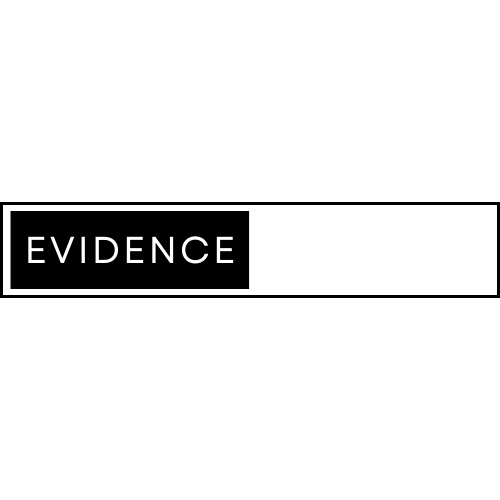What We Take for Granted…
I recently had the privilege of serving as a consultant in phase one of a project training substance use professionals in how to lead evidenced based groups. Let me share some observations from that experience.
Clinicians are Eager
First off, the desire to learn and the eagerness with which they embraced new ideas, was rewarding to see. Those of us who have been emersed in the group therapy field for years or decades, take so many ideas and procedures as “normal” and we need to work to share what we know in approachable ways. The clinicians who are the “boots on the ground” at community mental health centers want to know better ways to work with their groups, and it needs to be accessible to them.
Norms are Assumed (even in literature!)
Surprisingly, one of the hardest areas for me to find citations in the literature for, was on healthy group norms. I had to go back to an article from 1984 to get an overview of categories of norms. Discussion of who participates, how they participate, what they talk about and what they don’t talk about, norms around discussing absences or recurring late arrivals, relationships to the group leader, are all critical topics for training group leaders. Many norms themselves are inherently implicit, and apparently that’s true in the published literature as well. Yalom, and subsequently Yalom and Leszcz in their 6th edition discuss them as relevant to interpersonal process groups. But what about norms in psychoeducational groups? I encourage interested readers to go back to Gary Bond’s (1984) article, Positive and Negative Norm Regulation and Their Relationship to Therapy Group Size published in Group, Volume 8, Number 2, from the Eastern Group Psychotherapy Society. If I missed a more recent article or book chapter in my literature review on group norms, please let me know!
Systemic Shifts are Critical
Having the buy-in from administration and leadership is necessary. Being able to say that a pre-group preparation session is critical prior to joining group, and having the leadership approve that for clinicians’ schedules is game changing.
A Little Structure Goes a Long Way
Running a three session process group so the clinicians could experience being a member of a group themselves was an integral part of the training. The first session was a classic AGPA style group, no structure, open discussion of power and privilege present in the room, and anxiety was high. The subsequent two groups I brought in an exercise to facilitate self-disclosure and feedback. Members were instructed to draw pictures or write words in four sections of a paper, “How my work colleagues view me”, “How my friends view me”, “How my family views me”, and “How I view myself”, and then these were shared over the course of the remaining two groups. The vulnerabilities, heartwarming feedback, and moving interactions were memorable. I knew my message was well received, when a member said at the end, “Now I can feel the power of the group”.
So say we all.
Feldman, D. (1984) The Development and Enforcement of Group Norms. The Academy of Management Review.Vol. 9, No. 1 (Jan., 1984), pp. 47-53 (7 pages)
Tom & Leann
Tom Treadwell, Ed.D. T.E.P C.G.P.
Editor

Leann Terry Diederich, Ph.D.

Associate Editor
*

